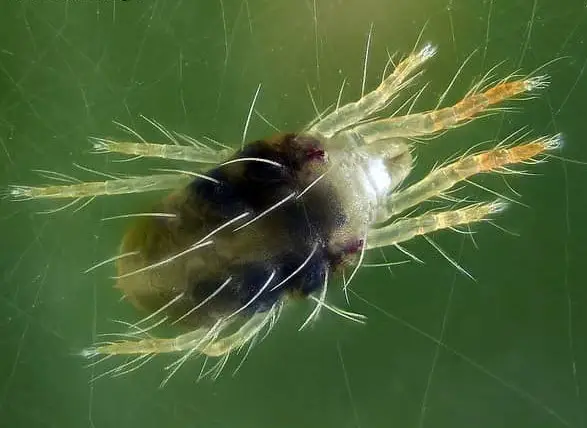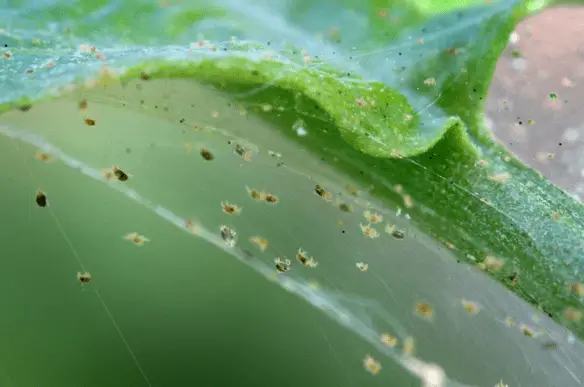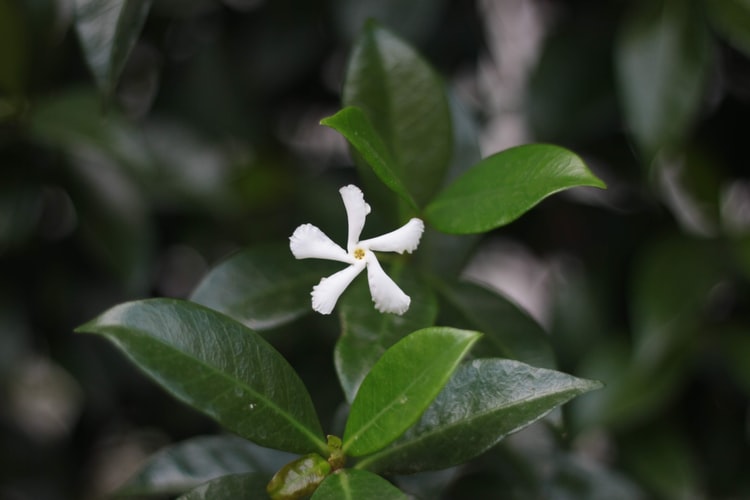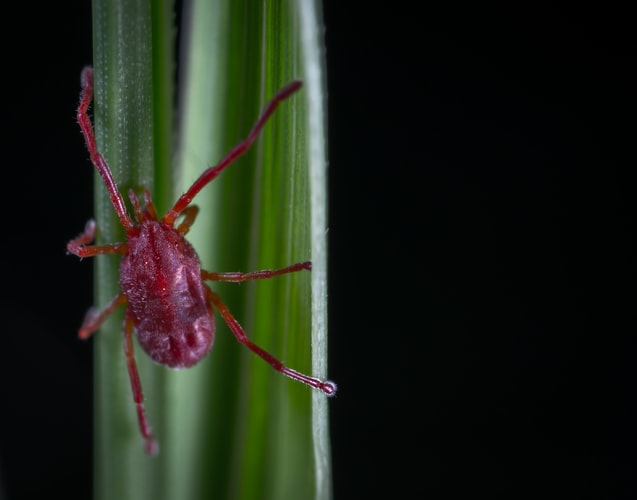Hey there, fellow orchid enthusiasts! If you’re reading this, you’re probably concerned about your orchid’s pseudobulbs turning yellow. Don’t worry, I’ve been there, and I’m here to help you figure out what’s going on and how to fix it.
As an experienced gardener, I’ve seen my fair share of orchid issues, and yellowing pseudobulbs are a common one. Let’s dive into the reasons behind this and explore some solutions.
Related article: How to Take Care of Orchids After They Bloom
What Causes Yellow Pseudobulbs in Orchids?
Yellow pseudobulbs in orchids can be a bit alarming, but they’re often a sign that your plant is trying to tell you something. Here are some common causes:
- Natural Aging: Like us, plants age too. Older pseudobulbs can turn yellow and eventually drop off as the orchid grows new ones. This is a normal part of the orchid’s lifecycle.
- Watering Issues: Both overwatering and underwatering can lead to yellow pseudobulbs. Overwatering can cause root rot, depriving the plant of nutrients, while underwatering can stress the plant, leading to discoloration.
- Lighting Problems: Too much direct sunlight can burn orchid pseudobulbs, causing them to turn yellow. On the flip side, too little light can also lead to yellowing due to a lack of photosynthesis.
- Nutritional Deficiencies: If your orchid isn’t getting enough nutrients, particularly nitrogen, it might start to show yellowing pseudobulbs.
- Pests and Diseases: Keep an eye out for signs of pests or diseases. These can affect the overall health of the plant and lead to yellowing.
I wrote a whole article in simple detail on how to get rid of pests on orchids: Orchids Pests & Insects – Identify, Treat, & Prevent. I also an article about the: Most Common Orchids Diseases & How to Treat Them
How to Treat and Prevent Yellow Pseudobulbs
Now that we know the possible causes, let’s talk about solutions:
- Assess and Adjust Watering Habits: Make sure you’re not over or under-watering your orchid. Orchids generally prefer to dry out slightly between waterings.
- Check Your Lighting: Ensure your orchid is getting the right amount of light. Bright, indirect light is usually best.
- Fertilize Regularly: Use a balanced orchid fertilizer to prevent nutritional deficiencies. Follow the instructions on the label for the best results.
- Inspect for Pests and Diseases: Regularly check your orchid for signs of pests or diseases. If you find any, treat them promptly with appropriate measures.
- Repot if Necessary: Sometimes, simply changing the potting medium and giving the orchid a fresh start can help.
Read more: The Perfect Temperature and Humidity for Orchids
Frequently Asked Questions
Q: Can a yellow pseudobulb turn green again? A: Once a pseudobulb turns yellow, it usually doesn’t turn green again, especially if it’s due to aging or permanent damage. Focus on the overall health of the plant to promote new growth.
Q: How often should I water my orchid? A: This depends on various factors like the type of orchid, the environment, and the season. A general rule of thumb is to water once a week but adjust as needed.
Q: Is direct sunlight bad for orchids? A: Most orchids prefer indirect sunlight. Direct sunlight can be too harsh and cause burning, leading to yellow pseudobulbs.
Q: When should I be concerned about yellowing pseudobulbs? A: If multiple pseudobulbs are turning yellow, especially in younger plants, or if there are other signs of distress, it’s time to investigate further.
Remember, every orchid is unique, and what works for one might not work for another. Keep an eye on your plant and adjust your care routine as needed. Happy gardening!




